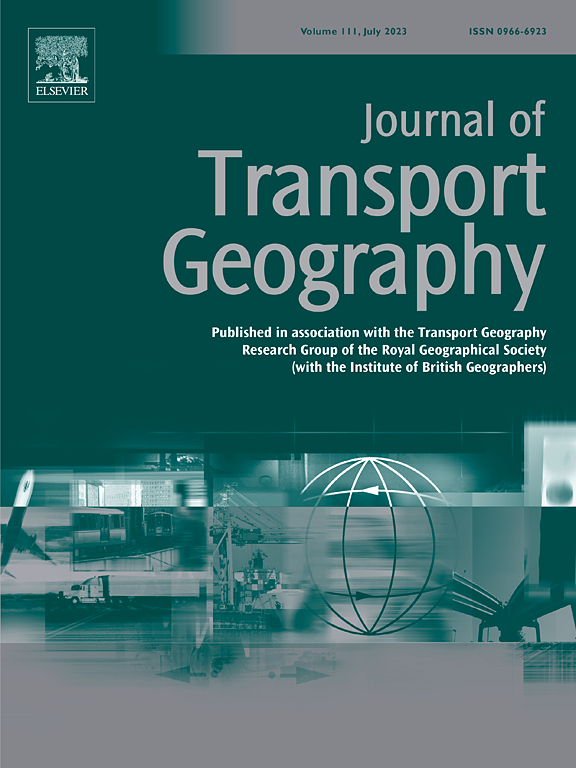Measuring maritime search and rescue (SAR) accessibility using an improved spatiotemporal two-step floating catchment area method: A case study in the South China Sea
IF 5.7
2区 工程技术
Q1 ECONOMICS
引用次数: 0
Abstract
Accessibility is a crucial metric for evaluating the effectiveness and disparity of search and rescue (SAR) services. Traditional models of accessibility are typically focused on land-based scenarios, often overlooking the unique challenges posed by complex, dynamic maritime emergencies. To bridge this gap, this study introduces an improved spatiotemporal two-step floating catchment area (ST-2SFCA) method, specifically designed to assess SAR accessibility in maritime contexts. The method simultaneously considers various time-dependent factors, including the SAR demand, rescue supply, and oceanic conditions, alongside typical normal or extreme oceanic scenarios. Geographic Information System (GIS)-based techniques are combined with diverse, spatiotemporal SAR datasets—including ship traffic flow data, incident records, rescue base and vessel parameters, and wind and wave data—to refine calculations of response times, supply-to-demand ratios, and overall accessibility. A case study in the South China Sea region across five countries—China, Vietnam, the Philippines, Singapore, and Malaysia—examines our proposed method's applicability and effectiveness. Moreover, the results reveal that ignoring dynamic supply-demand interactions and oceanic influences can lead to inaccurate SAR accessibility estimates, potentially misleading stakeholders. These findings provide insights for policymakers, improving the understanding of dynamic SAR performance, offering recommendation for enhancing SAR systems, and supporting regional cooperation among nations.
基于改进的时空两步浮动集水区法测量海上搜救可达性——以南海为例
可及性是衡量搜救服务有效性和差异性的重要指标。传统的可达性模型通常侧重于陆上情景,往往忽略了复杂、动态的海上紧急情况带来的独特挑战。为了弥补这一差距,本研究引入了一种改进的时空两步浮动集水区(ST-2SFCA)方法,专门用于评估海洋环境下的SAR可达性。该方法同时考虑了各种与时间相关的因素,包括SAR需求、救援供应和海洋条件,以及典型的正常或极端海洋情景。基于地理信息系统(GIS)的技术与多种时空SAR数据集相结合,包括船舶交通流量数据、事件记录、救援基地和船舶参数以及风浪数据,以改进响应时间、供需比和总体可及性的计算。在南中国海地区横跨五个国家(中国、越南、菲律宾、新加坡和马来西亚)的一个案例研究中,检验了我们提出的方法的适用性和有效性。此外,研究结果表明,忽略动态供需相互作用和海洋影响可能导致SAR可达性估算不准确,可能误导利益相关者。这些发现为决策者提供了见解,提高了对动态SAR性能的理解,为增强SAR系统提供了建议,并支持了国家间的区域合作。
本文章由计算机程序翻译,如有差异,请以英文原文为准。
求助全文
约1分钟内获得全文
求助全文
来源期刊

Journal of Transport Geography
Multiple-
CiteScore
11.50
自引率
11.50%
发文量
197
期刊介绍:
A major resurgence has occurred in transport geography in the wake of political and policy changes, huge transport infrastructure projects and responses to urban traffic congestion. The Journal of Transport Geography provides a central focus for developments in this rapidly expanding sub-discipline.
 求助内容:
求助内容: 应助结果提醒方式:
应助结果提醒方式:


